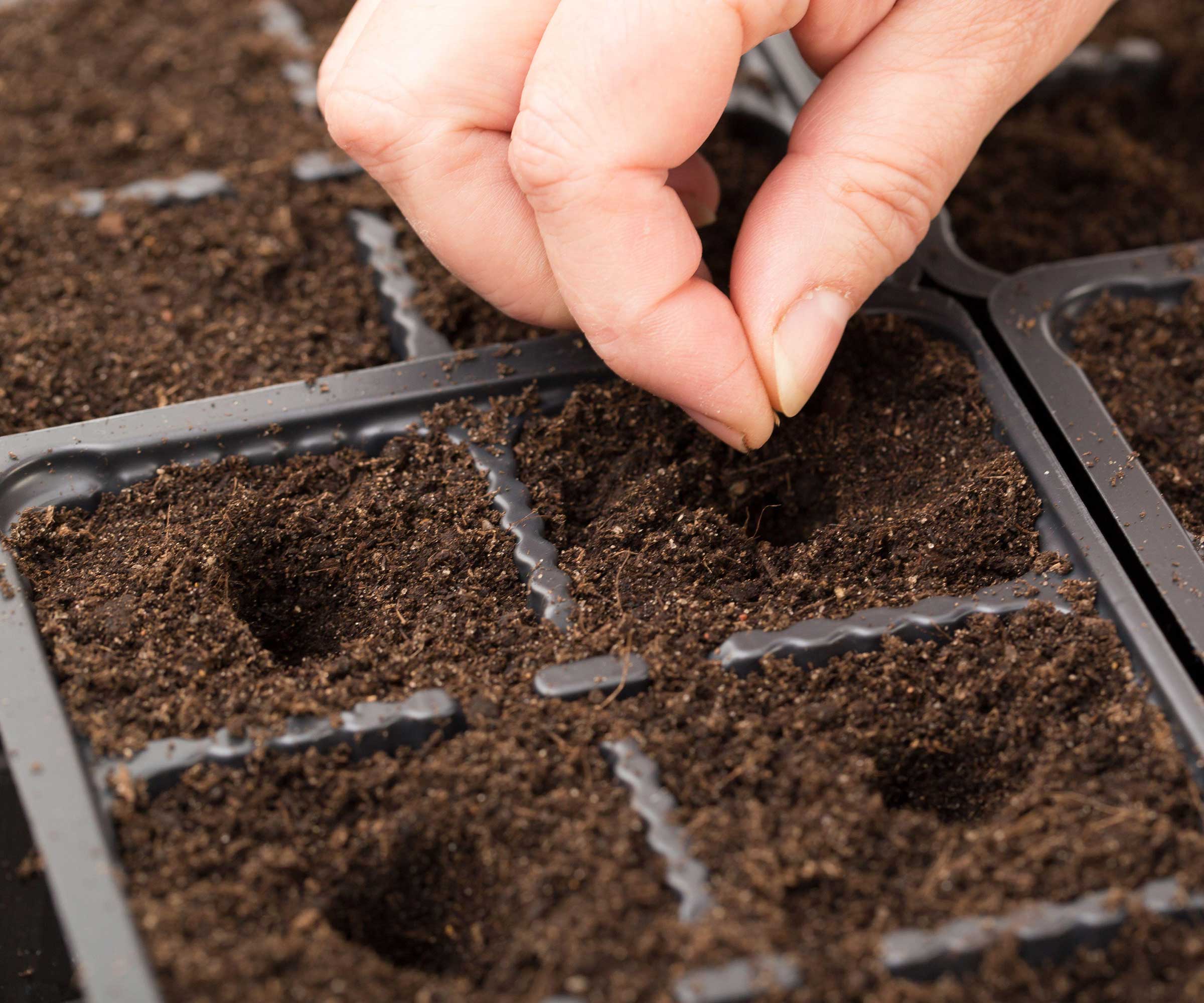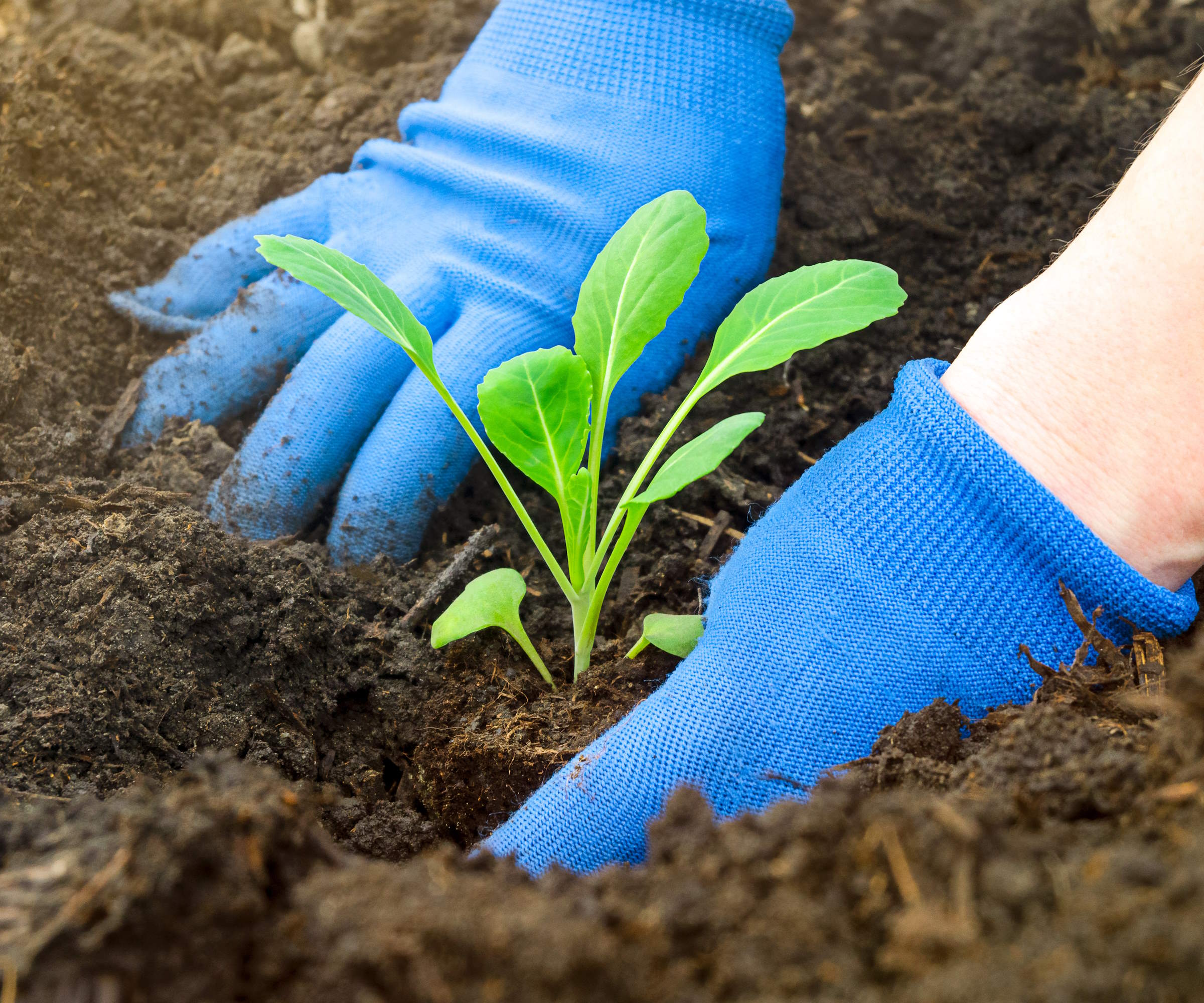How to grow summer cabbages – from sowing to harvesting and everything in between
Sow these brassicas in winter or spring to enjoy delicious cabbages during the summer months


Cabbages come in many different types and, with a bit of planning, it can be possible to harvest cabbages year-round. Summer cabbages come in different colors and sizes and these types, as the name suggests, are ready to harvest come summer.
I grew a lot of cabbages as a professional kitchen gardener, and it was beneficial to grow many different types to have a long harvesting season. This included both green and red summer cabbages that I always grew from seed and were harvested to either be sold to the public or used by chefs.
Cabbages are not always the easiest vegetables to grow, as there are many pests that can nibble on your plants. However, by protecting plants and keeping a close eye on crops you can enjoy a great harvest of summer cabbages from your vegetable garden.

Summer cabbages often have round and medium-to-large size heads
What is the difference between summer cabbage and winter cabbage?
Cabbages are grouped by seasons. Summer cabbages are those that best cope with the hotter conditions and are harvested from mid-summer onwards.
Winter cabbages come to the fore from late fall onwards and include the hardiest savoy types of cabbages that can be harvested throughout winter.
Growing summer cabbage from seed

Summer cabbage seeds are commonly sown indoors in spring
You can sow summer cabbages indoors from mid-winter onwards, in a protected location such as a heated greenhouse or indoors on a warm and bright windowsill. Extra heat, through using a heated propagator, and grow lights, may potentially be required for the earliest sowings.
Seeds can be sown indoors from February to late March. Sow the seeds thinly around one inch deep in trays, modules, or small pots filled with a good seed compost. Place the seeds in a protected position, in a greenhouse, propagator, cold frame, or on a windowsill at temperatures of 50-85°F. Keep the soil moist and germination should be fairly quick - within two weeks.
Design expertise in your inbox – from inspiring decorating ideas and beautiful celebrity homes to practical gardening advice and shopping round-ups.
Cabbage seeds sown in trays will need to be pricked out into individual pots once they have their first set of true leaves, while seeds in modules or pots should be thinned to leave just one strong cabbage seedling.
Outdoor sowings can be started once the soil temperature has reached at least 50°F in March or April. Cabbage seeds can either be sown into a seedbed and then seedlings transplanted to their final spot in the kitchen garden later, or sown it situ and thinned to the final spacing required. Sow the seeds an inch deep in rows around 18 inches apart and thin the seedlings to leave an eventual spacing of 18 inches between plants. Early sowing of seeds outdoors will benefit from being protected by horticultural fleece, available at Amazon, or cloches.
You can see the full range of cabbage seeds available at True Leaf Market
Planting summer cabbage

Young cabbage plants want to be planted in a fertile soil
Summer cabbages want a rich soil type that is very fertile and well-draining. They are hungry plants and benefit from adding organic matter, such as compost or well-rotted manure, to the site prior to planting. The ideal soil pH would be 6-7.5, so it is best to do a soil test ahead of planting to see if any amendments are required.
As part of a crop rotation plan, do not plant cabbages in a spot that has had brassicas for the previous three years - this will help prevent the build up of diseases such as clubroot and keep the soil healthy.
Plant your cabbages outdoors from May onwards, after a period of hardening off. When planting summer cabbages, space them around 18 inches apart in a sunny spot in the garden and make sure to firm the soil around the roots.
Mulching around plants with a layer of organic matter will offer several benefits, including holding more moisture in the soil, suppressing weeds, and providing nutrients to plants as the mulch rots down.
Cabbage can be grown in pots as part of a vegetable container garden, or if you have a small vegetable garden. You will need a large and deep container to grow the crop in, for example a pot that is 12 inches wide would be ideal for one summer cabbage plant.
Make sure the pot has good holes for draining and fill it with a high quality potting compost. Plants growing in pots will need additional watering and feeding to ensure they grow strong and healthy.
Maintenance tips

Summer cabbages can be harvested from early summer through to fall
Keep plants well watered, especially during dry spells. Cabbages want to grow in consistently moist, but not waterlogged soil. Check the moisture levels regularly and consider using a soil moisture meter, available at Amazon, to help you judge when to water plants.
It is especially important to water plants when they are developing their heads - as a lack of water at this point will impact the final size of the cabbage. Water the soil and not the foliage, as drenching the cabbage from above is a watering mistake that can increase the risk of fungal problems hitting your crop. There are ways of keeping soil moist in summer without wetting the foliage, including drip irrigation and mulching.
Regular weeding will reduce competition from unwanted plants that can steal precious water and nutrients from your crops. It is also recommended to remove dead or rotting leaves that appear on the plants.
Plants will benefit from a feed of a high-nitrogen fertilizer before they start to form their heads, around three months after the initial sowing date. Good options for a plant fertilizer at this point include chicken manure pellets, blood meal, available at Burpee, or homemade comfrey fertilizer.
Brassica plants need to be protected from many pests. Covering the crop with a fine mesh netting is the best way to guard against the likes of birds, caterpillars and cabbage white butterflies. Caterpillars are capable of munching their way through cabbages very quickly and the eggs of butterflies will show as small yellow or white balls on the foliage. If your cabbages are infected, there are sprays which can be used to control the insects. An example of a protective cover to use is the Agfabric Garden Netting Mesh, available at Walmart, and you can use Captain Jack's Bt Thuricide, also available at Walmart, to deal with caterpillars.
Harvesting summer cabbage

Winter cabbages are more suited to colder conditions
Summer cabbages will be ready to harvest from August onwards, depending upon when you sowed the seeds and the growing conditions. Refer to the seed packets, as they should have a guide for how long that specific variety takes to go from sowing to harvesting. The cabbages are best harvested regularly as-and-when required throughout the summer months.
The heads of the cabbage should be firm to the touch - give it a gentle squeeze to check the denseness of the head. Use a clean and sharp knife, or a pair of garden loppers, to cut the plants at the base. If you keep a few leaves on the cabbage, this can help to extend the storage life.
In addition, if you leave the base in the ground and cut a small cross in the top of the stump, you may get smaller secondary heads developing for an additional harvest.
FAQs
Is savoy a summer cabbage?
Savoy cabbages are winter cabbages and are thought to be the hardiest of all the types of cabbages you can grow. Savoys have crinkled leaves, as opposed to smooth leaves like many other types, and they can be harvested from fall all the way through the spring.
As well as summer and winter cabbages, there are also spring cabbages that you may consider growing in your vegetable garden. Spring cabbages are more pointed in shape than other types. They are started in late summer or early fall and grow over winter ready to be harvested come mid-spring.

Drew has worked as a writer since 2008 and was also a professional gardener for many years. As a trained horticulturist, he worked in prestigious historic gardens, including Hanbury Hall and the world-famous Hidcote Manor Garden. He also spent time as a specialist kitchen gardener at Soho Farmhouse and Netherby Hall, where he grew vegetables, fruit, herbs, and cut flowers for restaurants. Drew has written for numerous print and online publications and is an allotment holder and garden blogger. He is shortlisted for the Digital Gardening Writer of the Year at the 2025 Garden Media Guild Awards.